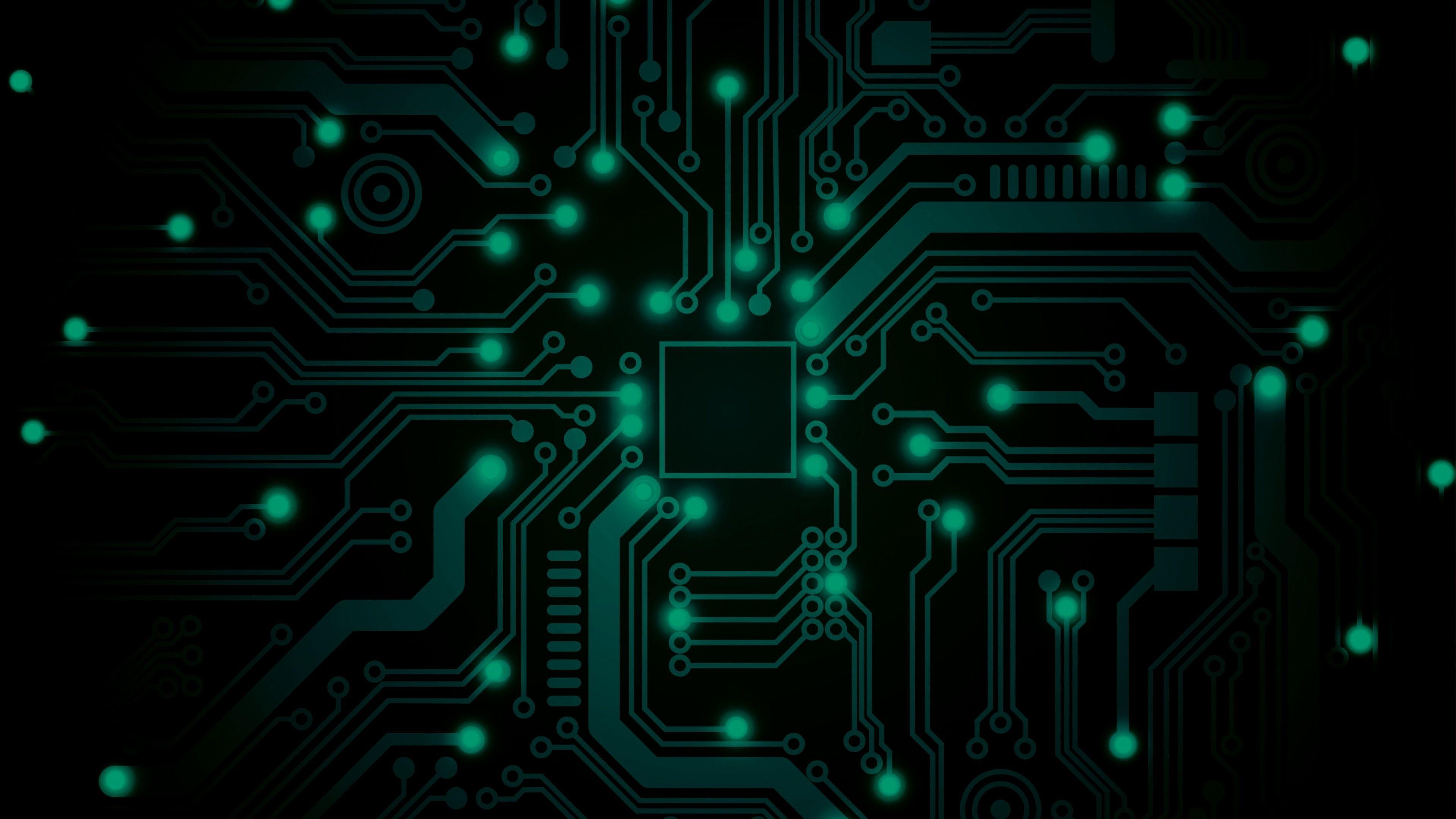Unveiling the World of Electronic Components: A Closer Look
Unveiling the World of Electronic Components: A Closer Look
Blog Article

Welcome to the fascinating realm of electronic components. These tiny building blocks are the unsung heroes powering the devices we use in our daily lives. From smartphones to laptops, and even the appliances in our homes, electronic components are the essential pieces that make technology work seamlessly. By delving deeper into the world of electronic components, we gain a greater appreciation for the complexity and innovation that drives our modern society. Let's embark on a journey to uncover the intricate inner workings of these crucial elements that shape our interconnected world.
Types of Electronic Components
In the vast world of electronic components, there are several key categories that play crucial roles in the functioning of various electronic devices. One of the fundamental types is passive components, which include resistors, capacitors, and inductors. These components do not require a power source to operate and are essential for controlling the flow of electricity within a circuit.
On the other hand, active components are those that require an external power source to function. Common examples of active components are transistors, diodes, and integrated circuits. These components are responsible for amplifying signals, switching functions, and performing complex operations within electronic systems.
Furthermore, electromechanical components bridge the gap between electrical and mechanical systems. Relays, switches, motors, and connectors fall under this category, serving as interfaces that enable the interaction between electronic circuits and physical devices. These components are crucial for converting electrical signals into mechanical actions and vice versa.
Importance of Electronic Components
In the world of technology, electronic components play a crucial role in powering various devices and systems. Without these components, modern gadgets like smartphones, computers, and even household appliances would not be able to function efficiently.
Electronic components are the building blocks that enable the transfer and control of electrical signals within devices. They are essential for converting and regulating power, facilitating communication between different parts of a system, and ensuring proper functionality.
From resistors and capacitors to integrated circuits and transistors, each electronic component serves a specific purpose in the overall operation of a device. Their reliability and performance directly impact the durability and efficiency of electronic products in today's fast-paced digital age.
IGBT Module
Latest Trends in Electronic Components
As technology advances, the world of electronic components continues to evolve rapidly. One major trend is the miniaturization of components, enabling devices to become more compact while offering increased functionality.
Another key trend is the rise of integrated components, where multiple functions are combined into a single chip. This integration not only saves space but also enhances performance and efficiency in various electronic devices.
Furthermore, the demand for eco-friendly components is on the rise, leading to the development of sustainable materials and energy-efficient designs in electronic components. This shift towards sustainability reflects the growing importance of environmental consciousness in the technology industry.
Report this page